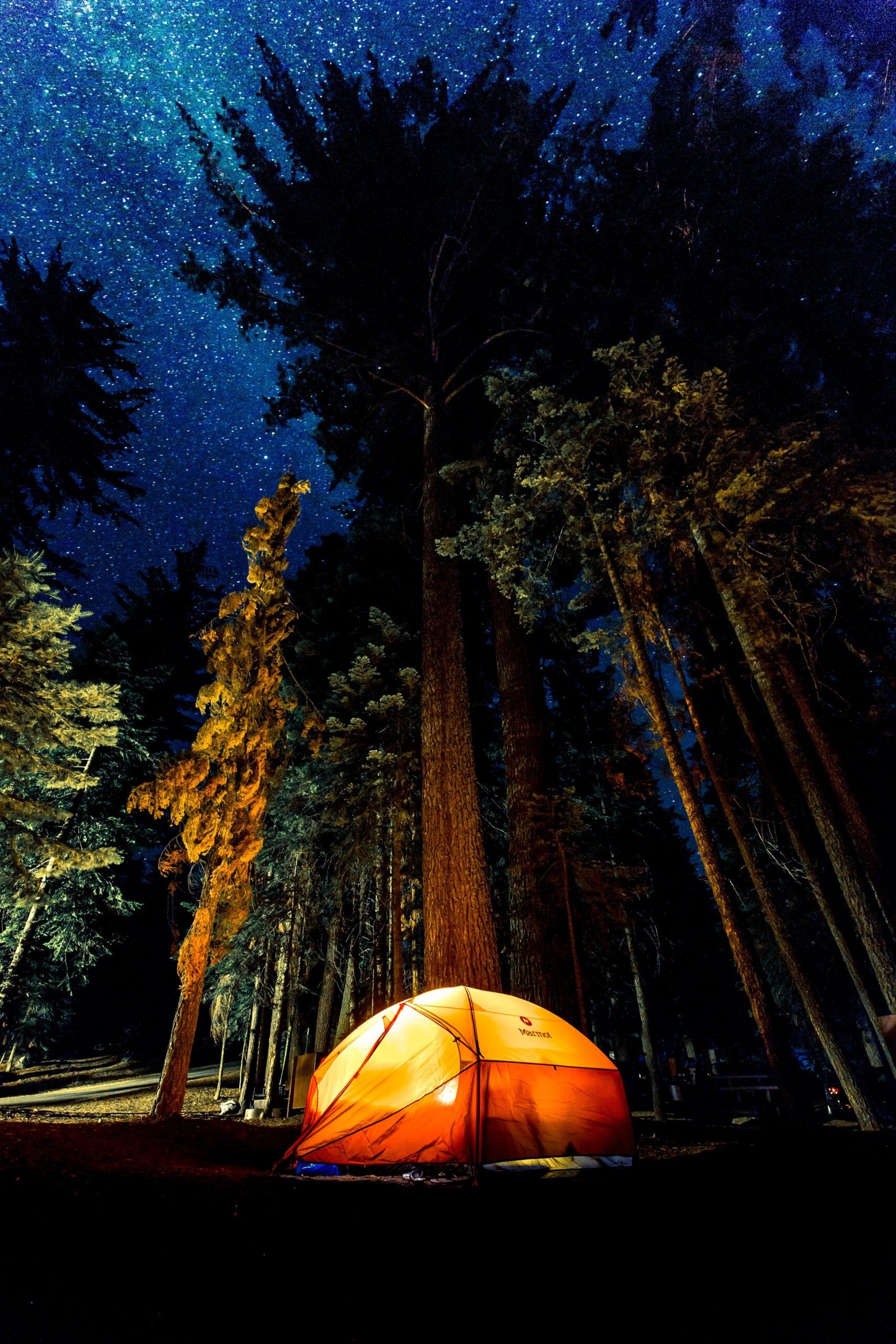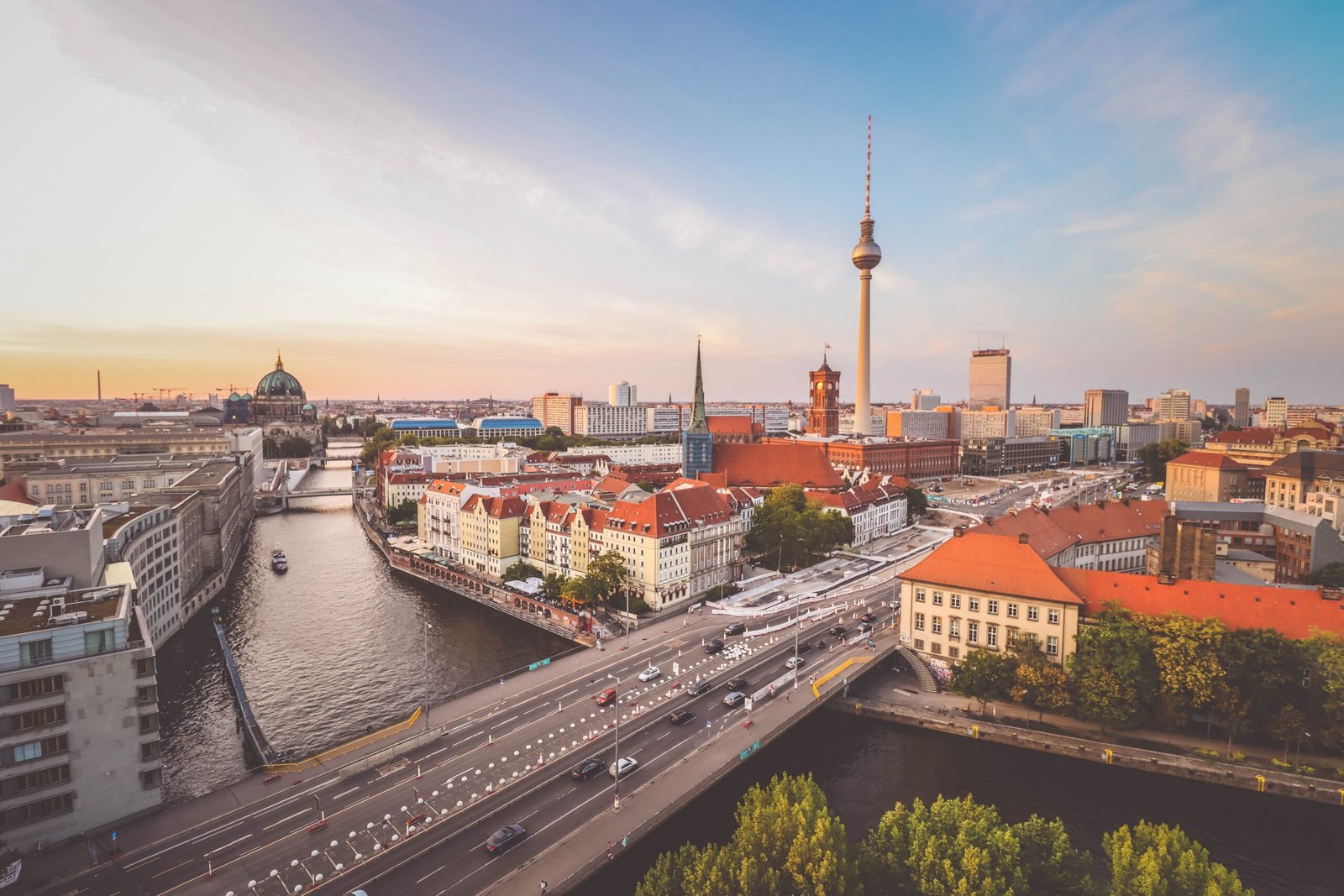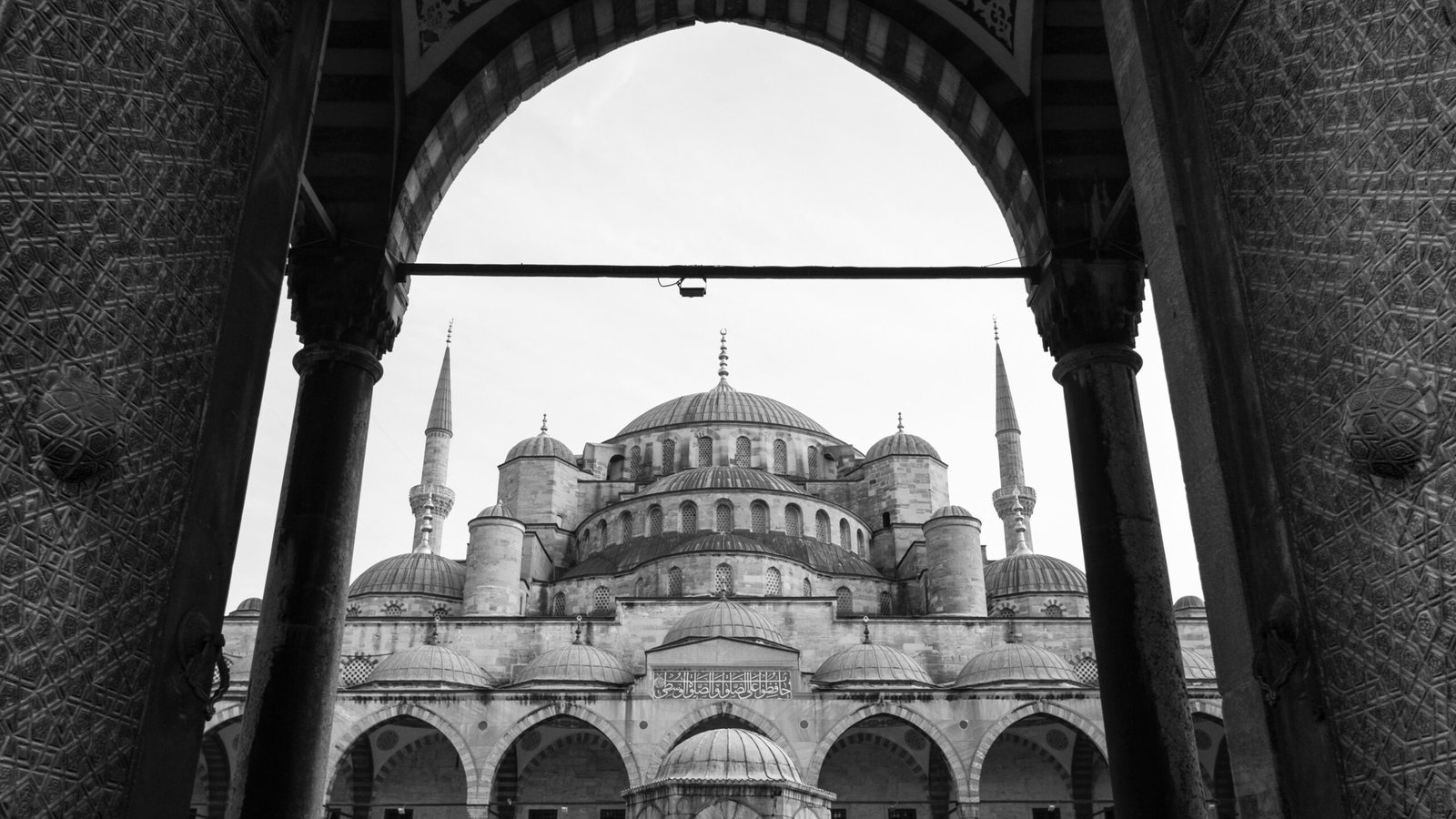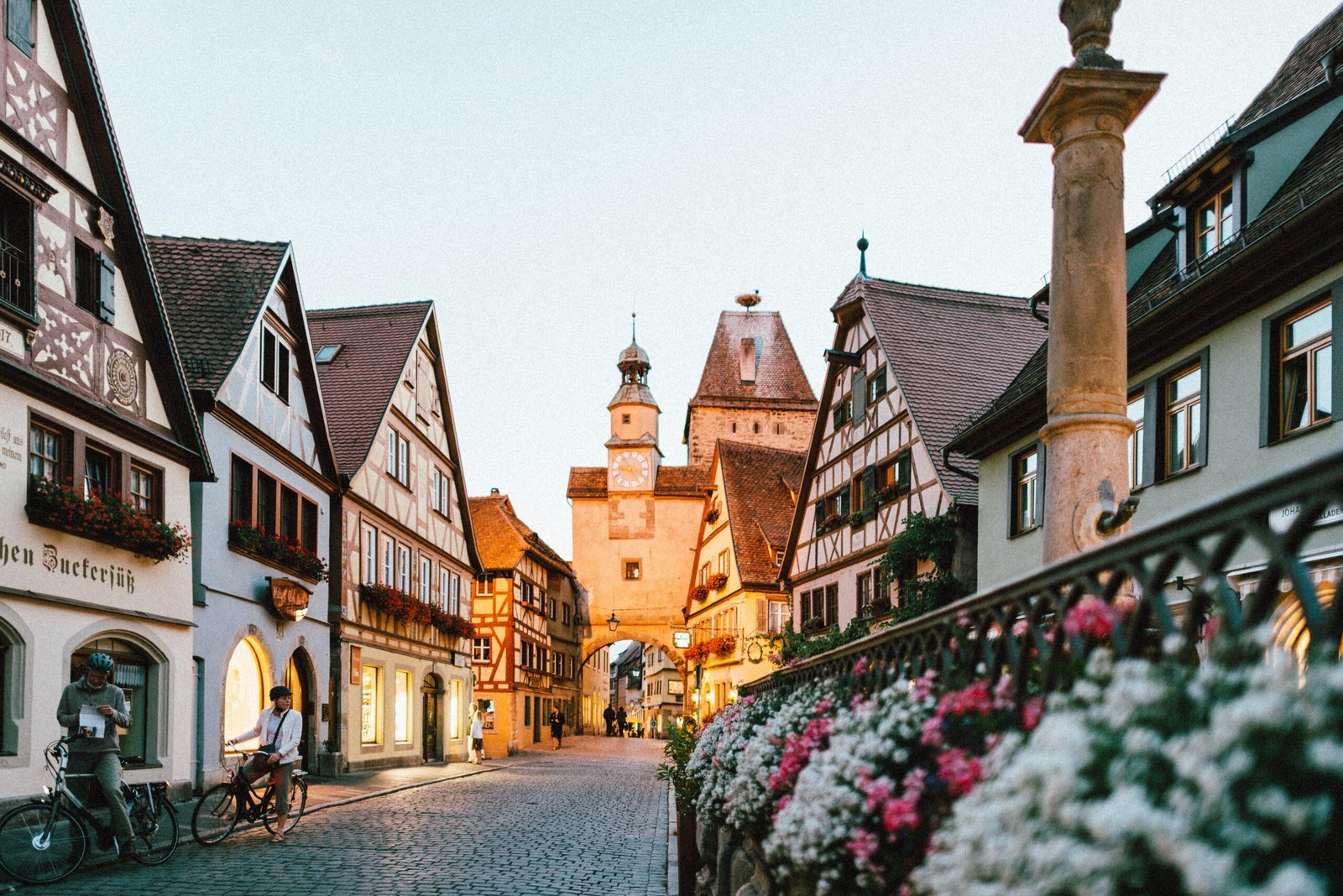Introduction
Step back in time and immerse yourself in the poignant history of the Sachsenhausen Concentration Camp, located just outside Berlin, Germany. This former Nazi concentration camp serves as a memorial and a stark reminder of the atrocities committed during World War II. In this blog post, we will delve into the significance of Sachsenhausen, its historical context, and the experiences that await visitors.
The Historical Significance of Sachsenhausen
Established in 1936, Sachsenhausen was one of the first concentration camps built by the Nazis. It served as a model for other camps and became a center for political repression, forced labor, and the persecution of various groups, including Jews, political dissidents, and homosexuals.
Visitors to Sachsenhausen have the opportunity to explore the camp’s various sections, including the prisoner barracks, the punishment cells, the execution grounds, and the museum. Guided tours provide a comprehensive understanding of the camp’s history, shedding light on the experiences of the prisoners and the conditions they endured.
Exploring Sachsenhausen
1. Reflect at the Appellplatz: Begin your visit at the Appellplatz, where prisoners were subjected to roll call and harsh discipline. Stand in the same spot where thousands of individuals were dehumanized and gain a deeper understanding of the camp’s oppressive regime.
2. Visit the Museum and Documentation Center: The museum houses a collection of artifacts, photographs, and personal testimonies, providing a comprehensive overview of the camp’s history. The Documentation Center offers further insights into the daily lives of the prisoners and the camp’s role in the Nazi regime.
3. Explore the Prisoner Barracks: Step inside the reconstructed prisoner barracks to see the cramped living conditions endured by the inmates. Learn about the different categories of prisoners and the system of oppression that governed their lives.
4. Pay Respects at the Memorial Site: The memorial site, marked by a large stone obelisk, serves as a place of remembrance and reflection. Take a moment to honor the victims and contemplate the impact of the Holocaust.
Latest News and Trends
While Sachsenhausen remains a solemn memorial, recent developments have focused on preserving the site and enhancing the visitor experience. The addition of multimedia installations, interactive exhibits, and guided tours led by knowledgeable experts ensures a more immersive and educational visit.
Additionally, efforts have been made to expand the historical context of Sachsenhausen, highlighting the camp’s role in the broader network of Nazi concentration camps and its significance in the history of the Holocaust.
FAQs
Q: How long does it take to visit Sachsenhausen?
A: A typical visit to Sachsenhausen takes around 3-4 hours, depending on the level of exploration and engagement.
Q: Is there an entrance fee?
A: Admission to Sachsenhausen is free. However, donations are encouraged to support the maintenance and preservation of the site.
Q: Can children visit Sachsenhausen?
A: While Sachsenhausen is a somber and emotionally challenging site, it is suitable for mature children who can comprehend and respect the historical significance of the place.
Tips for a Meaningful Visit
1. Plan your visit in advance to ensure availability, especially during peak tourist seasons.
2. Wear comfortable shoes and dress appropriately for the weather, as a significant portion of the visit involves walking outdoors.
3. Respect the solemnity of the site by refraining from loud conversations or inappropriate behavior.
4. Take advantage of guided tours or audio guides to gain a deeper understanding of the camp’s history.
Conclusion
Visiting Sachsenhausen Concentration Camp offers a profound and thought-provoking experience, allowing us to honor the victims and learn from the past. As we explore the camp’s various sections and reflect on its historical significance, we are reminded of the importance of remembrance, education, and the pursuit of a more tolerant and just world.
Take a step towards preserving history by sharing this blog post with others and encouraging them to embark on their own journey of remembrance at Sachsenhausen.









